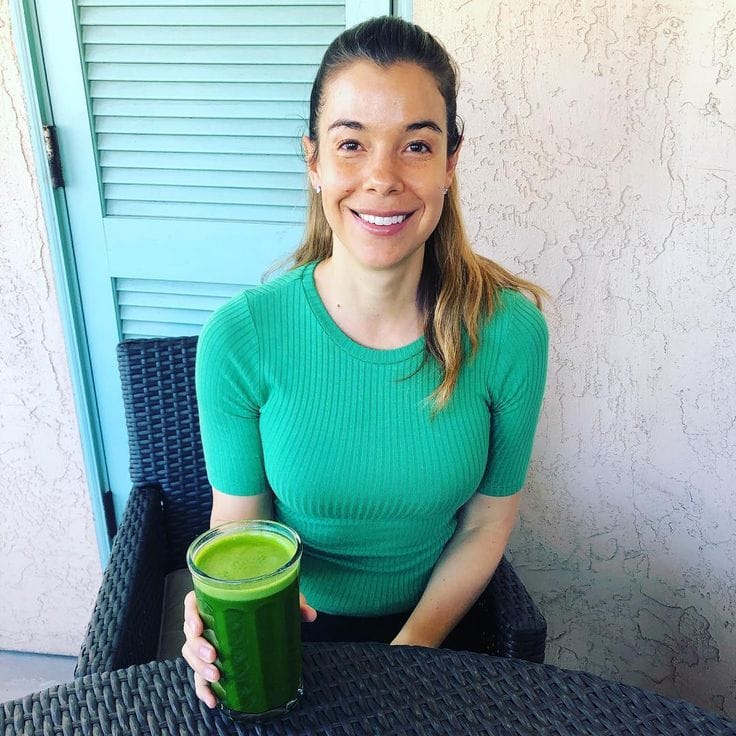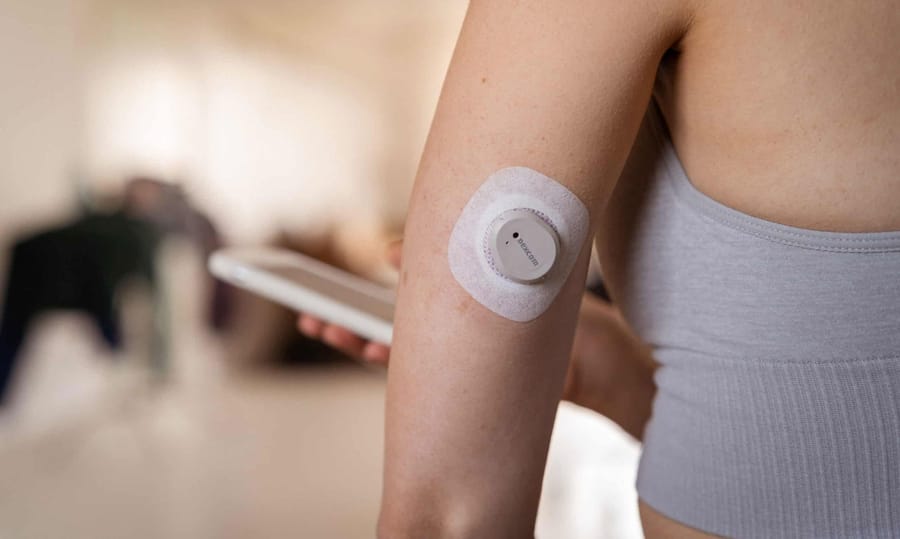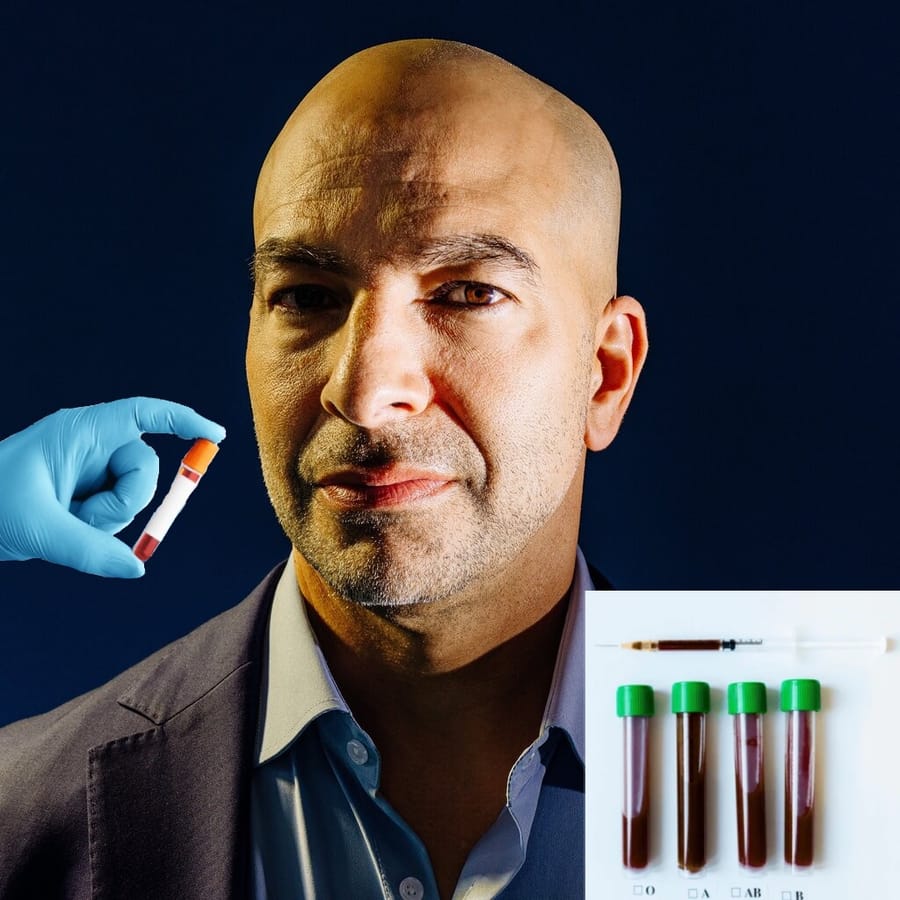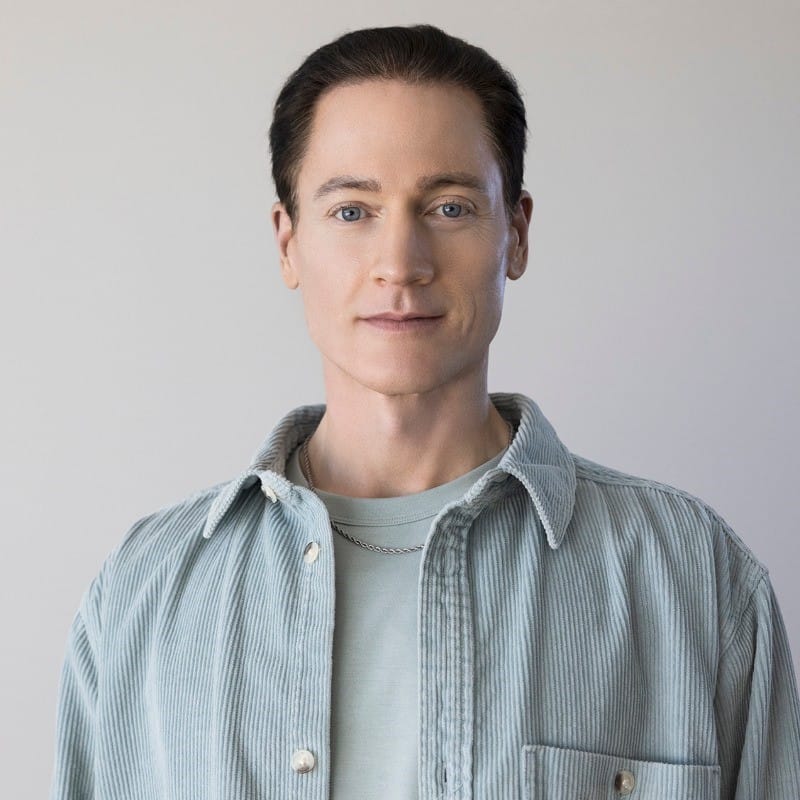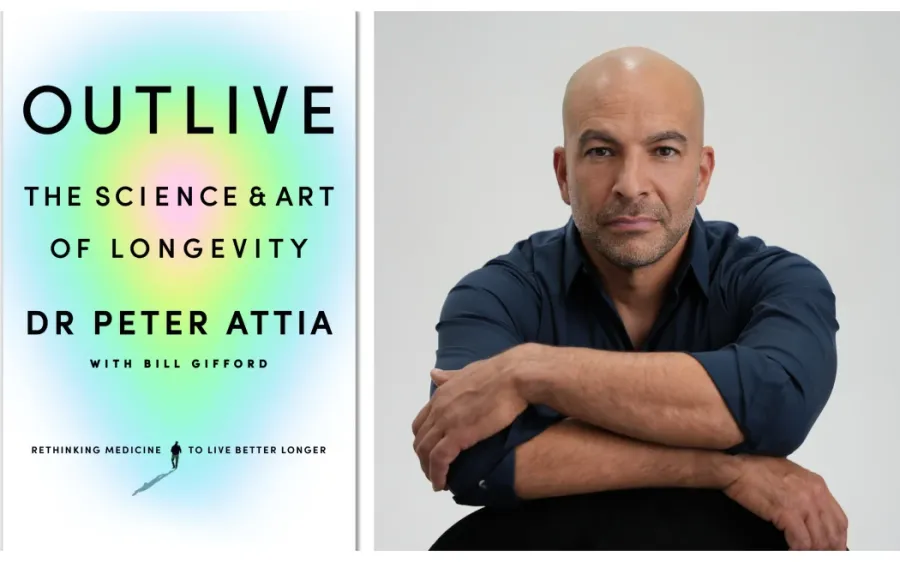📑 Table of Contents 📑
Nutrient Density: Packing a Punch in Every Bite
Whole Foods: Ditching the Junk and Going Back to Basics
Strategic Supplementation: Filling in the Gaps
Time-Restricted Eating (TRE) and Fasting
What does a day of eating look like for Dr. Rhonda Patrick?
Key Takeaways

Alright, let's talk about longevity, folks. Not just living longer, but living better – sharper, stronger, and healthier. And when it comes to hacking the aging process and optimizing our health, Rhonda Patrick, Ph.D., is a name that pops up again and again. She's not a guru or a fad-diet pusher; she's a scientist who dives deep into the research, and her approach to nutrition is all about the science of feeling good and functioning at your best, now and for decades to come.
Forget restrictive diets that make you miserable. Rhonda's philosophy is more like a toolbox of strategies you can personalize to fit your life. It's about making smart choices that nourish your body at a cellular level, and potentially rewiring your metabolism in the process. So, let's unpack the key principles that make up the "Rhonda Patrick way" of eating.
Nutrient Density: Packing a Punch in Every Bite
Think of your body like a high-performance engine. You wouldn't put cheap, watered-down fuel in a Ferrari, right? Rhonda's all about maximizing the nutrient density of your diet. This means loading up on foods that deliver the biggest bang for your buck in terms of vitamins, minerals, antioxidants, and all those other micronutrients your cells are craving.
We're talking about:
- A Rainbow on Your Plate: Berries bursting with antioxidants, leafy greens packed with folate and vitamins, and cruciferous veggies like broccoli and cauliflower doing their detoxifying thing (sulforaphane, anyone?). The more colorful, the better – it's like a party of phytonutrients in your gut!
- Protein Powerhouses: Whether you're a meat-eater, pescatarian, or plant-based, quality protein is key. Think wild-caught salmon loaded with omega-3s, grass-fed beef, eggs (a complete protein source with bonus choline for your brain), or lentils and beans for a fiber-rich option. Protein keeps you feeling full, builds and repairs tissues, and is the macronutrient Rhonda tracks most closely.
- Fat is Your Friend: Don't fear the fat! Healthy fats, that is. Avocados, nuts, seeds, and olive oil are your allies. They're crucial for hormone production, brain health (your brain is mostly fat, after all!), and absorbing those fat-soluble vitamins like A, D, E, and K.
It's not just about what you eat, but also how well your body can use it. For example, cooking tomatoes actually makes the lycopene (a powerful antioxidant) more bioavailable. And those fat-soluble vitamins need a little dietary fat to be absorbed properly. To achieve this meals with a balance of fats, protein, and carbohydrates are likely best vs. a meal containing a singular macronutrient.
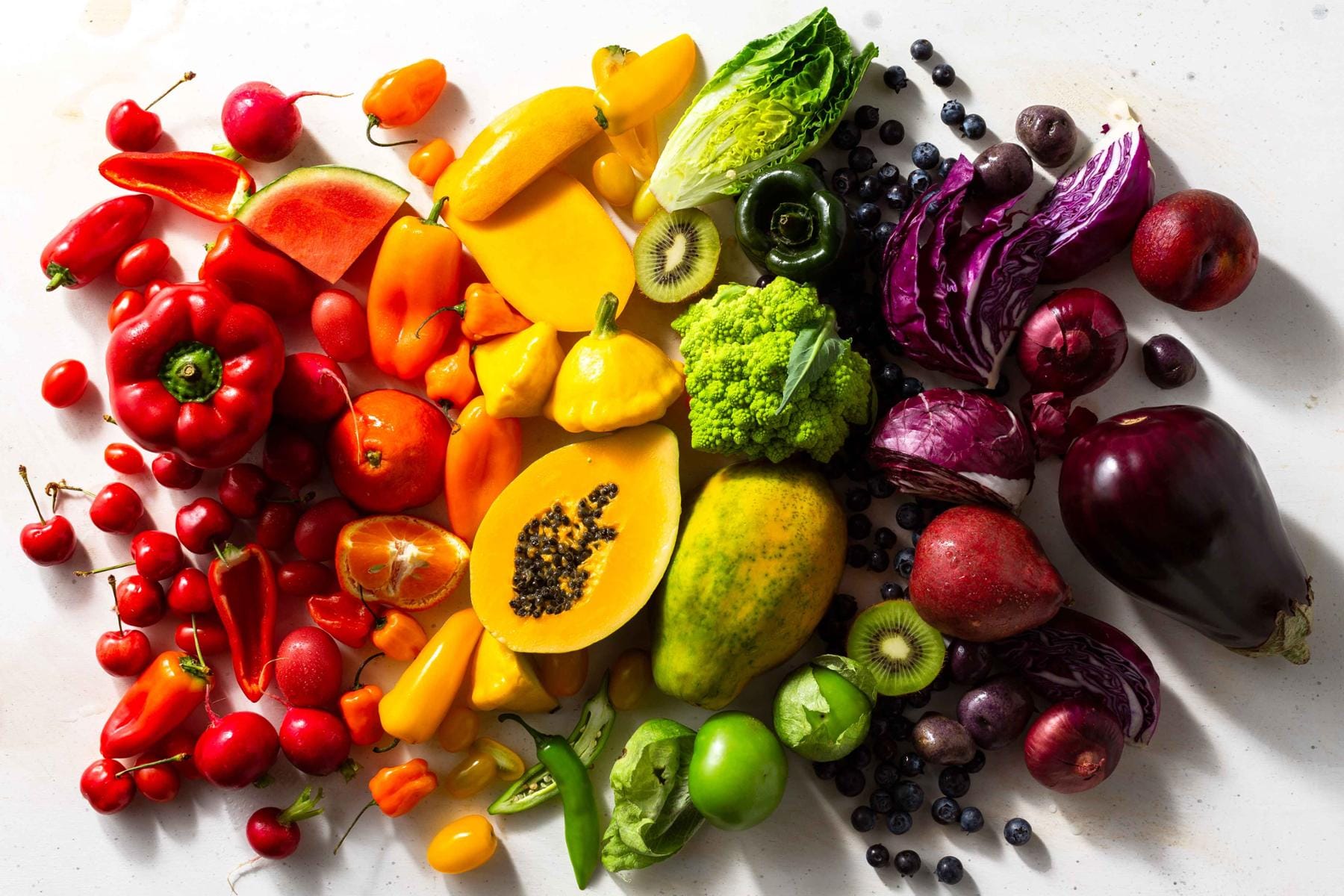
Whole Foods: Ditching the Junk and Going Back to Basics
This one's pretty straightforward. Rhonda's a champion of whole, unprocessed foods. Think of it as eating food as close to its natural state as possible. Fruits, vegetables, whole grains, legumes, nuts, seeds – you get the idea.
Why? Because whole foods are naturally packed with fiber and contain higher nutrient density than processed foods. These food sources also lower in the added sugars, unhealthy fats, and artificial ingredients that can have negative health consequences.
Reading labels becomes your superpower here. Start paying attention to what's actually in your food. If the ingredient list is longer than your arm and filled with words you can't pronounce, it's probably best to steer clear a majority of the time.
Strategic Supplementation: Filling in the Gaps
Okay, so food should always be the foundation, but even the most dialed-in diet might have some gaps. That's where strategic supplementation comes in. Rhonda's not about popping random pills; she emphasizes a personalized approach based on your individual needs, and ideally, informed by blood tests to see what you might actually be lacking.
I wrote a detailed article on Dr. Rhonda Patrick’s Supplement List so check that out for full details on dose, brand, and other supplements she takes. As a a quick overview some key things you may want to consider are:
- Magnesium: This mineral is involved in hundreds of bodily processes, and many of us are deficient. Studies show a huge chunk of the population isn't getting enough. It's a potential game changer.
- Omega-3 Fatty Acids (Fish Oil): These are anti-inflammatory powerhouses, great for brain health, and can even improve cardiovascular function. There is even research showing Omega-3's as a major player in cognitive function.
- Vitamin D: More like a hormone than a vitamin, it plays a role in everything from immune function to bone health. And guess what? Deficiency is super common, especially if you don't get much sun exposure. Research has linked Vitamin D deficiency to a whole host of issues.
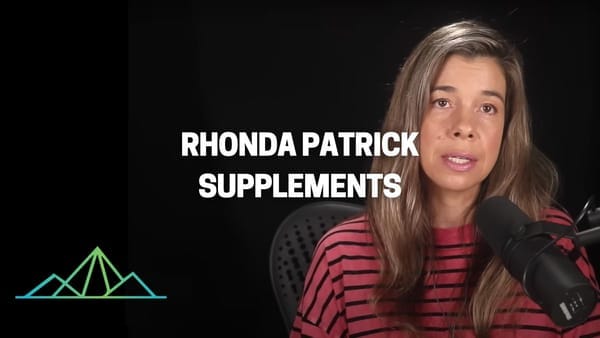
Time-Restricted Eating (TRE) and Fasting: Giving Your Body a Break
Rhonda has explored the fascinating world of time-restricted eating (TRE) and intermittent fasting. Basically, it involves condensing your eating window each day (like eating only within an 8-hour period, for example) or incorporating longer fasts periodically.
Why bother? Well, emerging research suggests that giving your body a break from constantly digesting food can have some pretty cool benefits:
- Autophagy: This is like a cellular cleanup process where your body recycles damaged components. Think of it as hitting the reset button on a cellular level.
- Insulin Sensitivity: Improving your body's ability to regulate blood sugar is a big deal for overall health and longevity.
- Reduced Inflammation: Chronic inflammation is linked to all sorts of diseases, so anything that helps reduce it is a win.
- Brain Boost: Some studies suggest that fasting can increase BDNF (brain-derived neurotrophic factor), which is like fertilizer for your brain cells.
Rhonda sees TRE as a tool that may have some benefits but also allow one to better control their total caloric intake, which is by far the most important factor of any diet or eating protocol. She's experimented with TRE and emphasizes that it's not for everyone but may be worth experimenting with depending on your goals and personal situation.
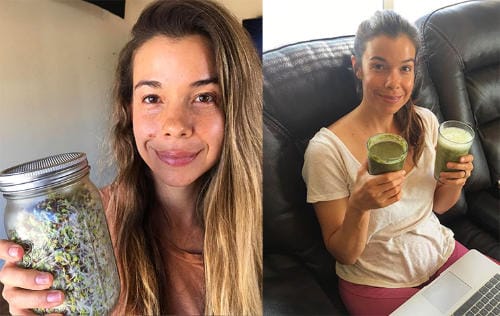
Hydration: Don't Forget the Simple Stuff
It might seem obvious, but staying properly hydrated is crucial. Water is essential for pretty much every bodily function, from digestion and nutrient transport to temperature regulation.
Rhonda's a fan of filtered water throughout the day and suggests ditching the sugary drinks. A good tip is to keep an eye on your urine color – pale yellow is the goal.
Beyond the Plate: It's a Lifestyle
Rhonda's approach isn't just about what you eat. It's about recognizing that everything is interconnected. Sleep, exercise, stress management – they all play a role in your overall health and how well you age.
She's a big proponent of both cardio and strength training and also things like sauna to work on her foundational health from various angles. She aslo emphasizes the importance of quality sleep – it's when your body repairs and restores itself.
As for stress, well, chronic stress is a known health-wrecker. Finding ways to manage it, whether through meditation, deep breathing, spending time in nature, or whatever works for you, is crucial.
What does a day of eating look like for Dr. Rhonda Patrick?
- Breakfast: A smoothie packed with spinach, berries, protein powder, avocado, and almond milk. Or, some eggs scrambled with your favorite veggies and a side of avocado.
- Lunch: A big salad with mixed greens, grilled salmon, a rainbow of chopped veggies, and a simple olive oil and lemon dressing. Or, a hearty lentil soup with a side of whole-grain bread.
- Dinner: Baked cod with roasted broccoli, Brussels sprouts, and sweet potatoes. Or, a stir-fry with chicken or tofu, tons of veggies, and brown rice.
- Snacks: A handful of almonds or walnuts, some berries, or a square of dark chocolate (antioxidants!).
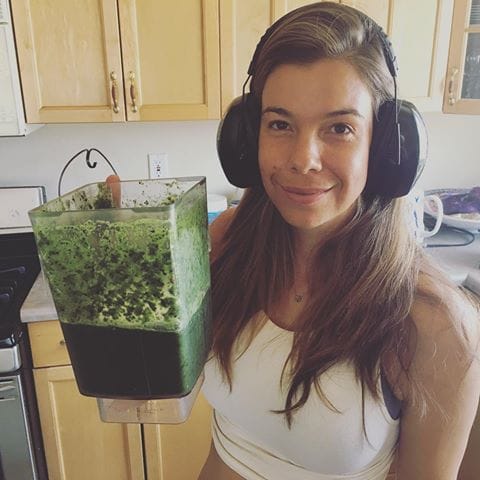
The Takeaway: It's About Progress, Not Perfection
Rhonda Patrick's dietary approach is all about making informed choices to support long-term health and well-being. It's about fueling your body with the good stuff, being mindful of your eating patterns, and understanding that everything is connected.
Start small. Maybe try incorporating one or two of these principles into your routine and see how you feel. And remember, it's a journey, not a race.
Want to dive deeper? Check out Rhonda's podcast, "FoundMyFitness," and her website. They're treasure troves of information.
Now go forth and nourish yourself! You deserve to feel your absolute best, at every age.
Related Articles
- Rhonda Patrick's Supplement List
- Peter Attia Supplement Guide
- Andrew Huberman Supplement Guide
- Andy Galpin's Supplement Guide
- Bryan Johnson's Supplement Guide

